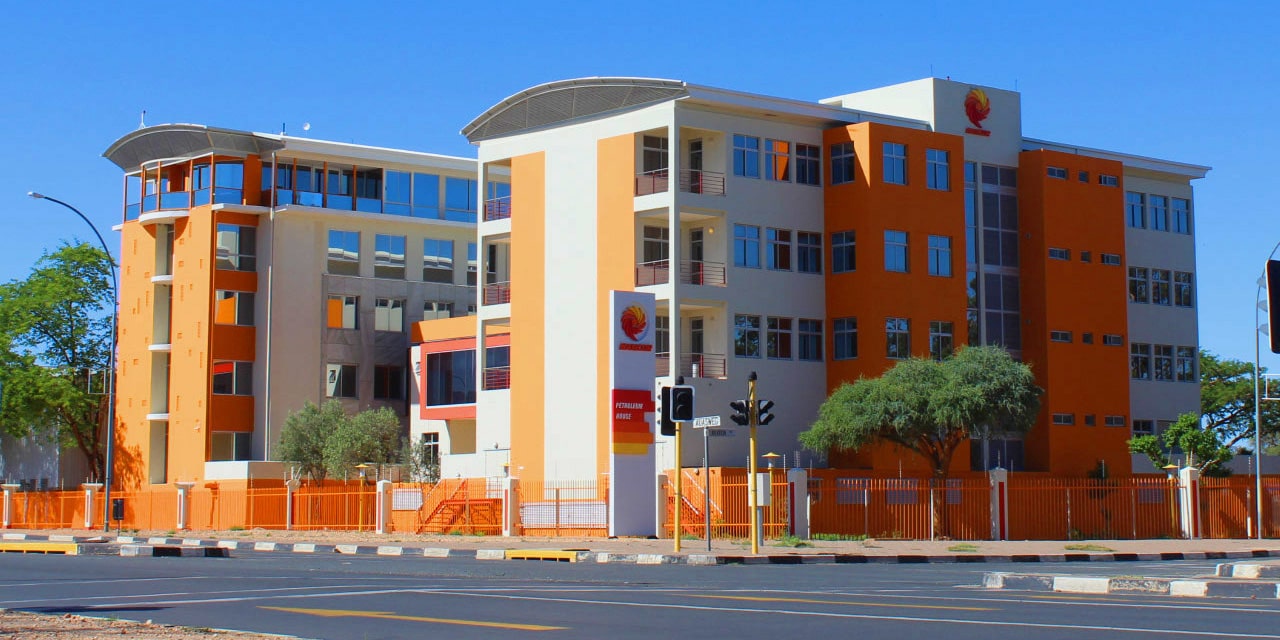Martin Endjala
The Namibia Revenue Agency has expressed its concern towards the fishing industry, following alarming statistics that indicate that the sector only contributes 12 percent of tax revenue compared to other industries.
Currently, the Mining sector contributes 22 percent of tax revenue, with Debmarine amongst the top ten contributors with three billion Namibian Dollars, followed by B2Gold and Namdeb. The three
The Fishing sector is regarded as one of Namibia’s largest industries in terms of generated GDP for the country, however, NamRa’s Commissioner Sam Shivute said he is concerned about the manner in which the industry is currently operating given the fact that it is not contributing to tax revenue as it should.
He emphasized that the agency continues to engage the industry, with an emphasis on how it can be revived so that it can start yielding the desired results. Shivute stressed that Fish is exported weekly to countries in Europe and as such, the industry should not be contributing such a low tax revenue. He says immediate interventions are needed.
Currently, there is N$16 billion owed to the state by taxpayers and of this N$73 billion, N$12 billion is interests, and N$43 billion are penalties.
In terms of revenue collection as per region for 2022/2023 FY, Windhoek stands at 35 percent translating to N$13 billion, Walvis Bay at seven percent translating to N$2.9 billion, Oshakati stands at N$1.5 billion which is four percent followed by Otjiwarongo at two percent and Rundu one percent respectively, amongst the highest tax revenue collected in the regions.
Furthermore, the Commissioner stressed that taxpayers still have October 2024 to pay their dues following the Cabinet decision to approve amnesty for all taxpayers.
Since the establishment of NamRA in 2021, the company has employed 1342 staff members, with 11 percent of entry positions which are deliberately aimed at targeting the youth and it is 90 percent funded by revenue collection.
The target for last year September in terms of revenue collection was N$49 billion, which was then increased to N$55 billion, and the agency was able to obtain N$66 billion and N$8.8 refund VAT, N$57 billion went to state coffers. Fishing is one of Namibia’s top industries, contributing about 3 percent of GDP since 2007 and about 20 percent of export earnings.
The Namibian government has been largely successful in sustainably managing its fisheries. However, the government has had mixed results with its program to “Namibianize” the fishing industry, which historically has been dominated by foreign (mostly Spanish) companies.




